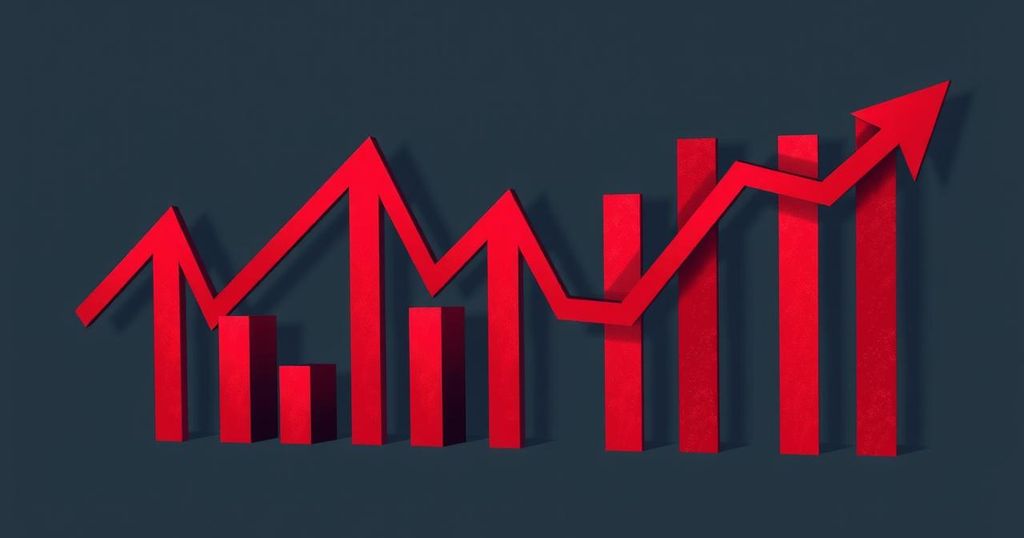Brazil’s 10-year bond yield has exceeded 15%, nearing its 2016 peak amid concerns over fiscal sustainability and widening current account deficits. Inflation remains high, and expectations for a central bank rate hike are growing. Renewed tariff threats from the U.S. are adding to economic pressures, leading investors to demand higher yields.
The yield on Brazil’s 10-year government bonds has surpassed 15%, nearing the March 2016 high of 15.3%. This surge is attributed to heightened concerns regarding fiscal sustainability, external imbalances, and increasing risk premiums driven by investor anxiety.
In January, Brazil reported a current account deficit of $8.66 billion, exceeding forecasts, highlighting ongoing service account deficits that reveal structural vulnerabilities within the economy and amplify investor caution.
Inflation remains a significant concern, recorded at 4.96% annually in mid-February, prompting expectations for a central bank rate hike of 100 basis points in March. Nonetheless, there are lingering fears about fiscal discipline as the government prioritizes spending amidst the absence of a definitive debt stabilization plan.
Additionally, renewed threats of U.S. tariffs have reignited global trade uncertainties, further endangering Brazil’s export-oriented economy. Consequently, investors are demanding elevated yields to offset the increasing economic instabilities and heightened risk premiums.
In conclusion, the surge in Brazil’s 10-year bond yields signals mounting economic uncertainties stemming from fiscal challenges and global trade risks. The widening current account deficit and persistent inflationary pressures further complicate the investment landscape. Without a clear fiscal plan, investor skepticism is likely to persist, driving yields even higher.
Original Source: www.tradingview.com




